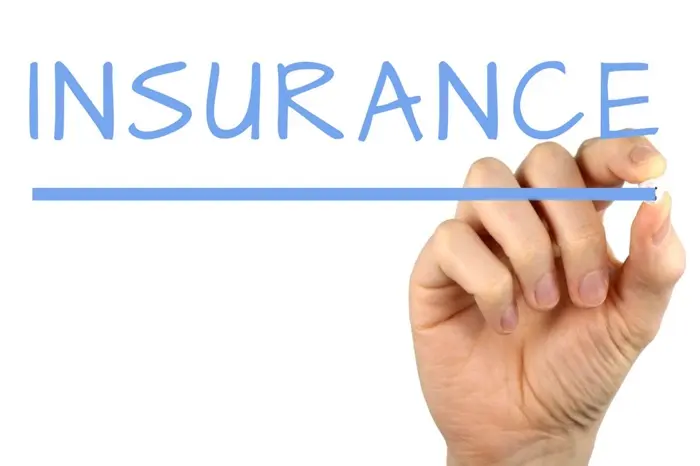Personal property insurance is a crucial component of home insurance or renters insurance. It covers the cost of replacing or repairing your belongings if they are damaged, stolen, or destroyed. Determining the right amount of coverage can be challenging, but it is essential to ensure you are adequately protected without overpaying for unnecessary coverage.
What Does Personal Property Insurance Cover?
Personal property insurance typically covers items such as furniture, electronics, clothing, and appliances. Some policies may also include coverage for high-value items like jewelry, art, or collectibles, though these often require additional riders. Natural disasters, theft, fire, and vandalism are common perils included in standard policies. However, floods and earthquakes usually require separate coverage.
Assessing Your Personal Property Value
To determine how much insurance you need, you must first assess the total value of your belongings. This involves taking an inventory of all your possessions and estimating their replacement cost.
Creating a Home Inventory
A detailed home inventory is the foundation of determining your coverage needs. Start by listing all your belongings, room by room. Include descriptions, purchase dates, and estimated values. Photographs or videos can serve as additional documentation.
For high-value items, keep receipts, appraisals, or certificates of authenticity. This documentation will be invaluable if you need to file a claim.
Replacement Cost vs. Actual Cash Value
When selecting coverage, you will encounter two main valuation methods: replacement cost and actual cash value.
Replacement cost coverage pays the amount needed to buy a new item of similar kind and quality. Actual cash value coverage, on the other hand, factors in depreciation and pays only the current market value of the item.
Replacement cost coverage is generally recommended because it provides more comprehensive protection. However, it may come with a higher premium.
Calculating the Right Amount of Coverage
Once you have a complete inventory, add up the total replacement cost of all your belongings. This sum represents the minimum amount of personal property insurance you should consider.
The Percentage Rule
Many insurance providers suggest that personal property coverage should be a percentage of your home’s insured value. A common guideline is between 50% and 70%. For example, if your home is insured for 300,000,your personal property coverage might range from150,000 to $210,000.
However, this rule is not one-size-fits-all. Individuals with high-value possessions may need additional coverage beyond the standard percentage.
Special Considerations for High-Value Items
Standard policies often have limits on certain categories of items, such as jewelry, electronics, or antiques. If the total value of these items exceeds the policy limits, you may need scheduled personal property coverage.
Scheduled coverage provides higher limits and may include protection against accidental loss, which standard policies often exclude.
Adjusting Coverage Based on Lifestyle
Your insurance needs may change depending on your living situation, lifestyle, and financial circumstances.
Renters vs. Homeowners
Renters typically need personal property insurance since their landlord’s policy only covers the building, not their belongings. Homeowners, on the other hand, usually bundle personal property coverage with their home insurance policy.
Frequent Movers or Travelers
If you frequently move or travel with valuable items, you may need additional coverage. Some policies limit protection for belongings outside the home, so check whether you need an endorsement for off-premises coverage.
Life Changes
Major life events such as marriage, divorce, or inheritance can significantly alter the value of your possessions. Regularly reviewing and updating your coverage ensures you remain adequately protected.
Avoiding Underinsurance and Overinsurance
Striking the right balance between adequate coverage and affordability is key.
Risks of Underinsurance
Underestimating the value of your belongings can leave you financially vulnerable. If a disaster occurs, you may not receive enough compensation to replace your items fully.
Risks of Overinsurance
Paying for excessive coverage means wasting money on premiums for protection you don’t need. Regularly reassessing your inventory helps avoid this pitfall.
Reviewing and Updating Your Policy
Insurance needs evolve over time. Conducting an annual review of your policy ensures it remains aligned with your current situation.
When to Update Your Coverage
Consider updating your policy if you:
- Acquire expensive items
- Move to a new home
- Experience significant lifestyle changes
- Notice shifts in local risk factors (e.g., increased theft rates)
Working with an Insurance Agent
An experienced insurance agent can help you assess your needs accurately. They can also identify discounts or bundling opportunities that may reduce your premiums.
The Role of Deductibles in Personal Property Insurance
When selecting a policy, it’s important to consider the deductible—the amount you pay out of pocket before insurance coverage kicks in. A higher deductible typically lowers your premium, but it also means you’ll bear more costs in the event of a claim. Conversely, a lower deductible increases your premium but reduces your financial burden if you need to file a claim. Assess your financial situation carefully to choose a deductible that balances affordability and protection.
Understanding Policy Exclusions and Limitations
Not all perils or types of damage are covered under standard personal property insurance. Common exclusions include wear and tear, intentional damage, and certain natural disasters like floods or earthquakes. Additionally, some policies impose sub-limits on specific categories, such as electronics or collectibles. Reviewing these exclusions and limitations helps avoid unpleasant surprises when filing a claim. If necessary, consider supplemental policies or endorsements to fill gaps in coverage.
The Importance of Documentation in Claims Processing
In the event of a loss, thorough documentation can significantly streamline the claims process. Keep digital copies of receipts, appraisals, and photographs stored securely—either in the cloud or an off-site location. Some insurers even offer apps to help policyholders maintain organized inventories. Proper documentation not only speeds up reimbursement but also ensures you receive fair compensation for your lost or damaged items. Taking these proactive steps can make a stressful situation much more manageable.
Conclusion
Determining how much personal property insurance you need requires a careful evaluation of your belongings, lifestyle, and financial situation. By conducting a thorough home inventory, understanding policy terms, and regularly reviewing your coverage, you can ensure you are neither underinsured nor overinsured. Personal property insurance provides peace of mind, knowing that your possessions are protected against unexpected events. Taking the time to assess your needs properly will help you secure the right coverage at a fair price.
Related Topics:
How Much Auto Insurance Do I Need


































